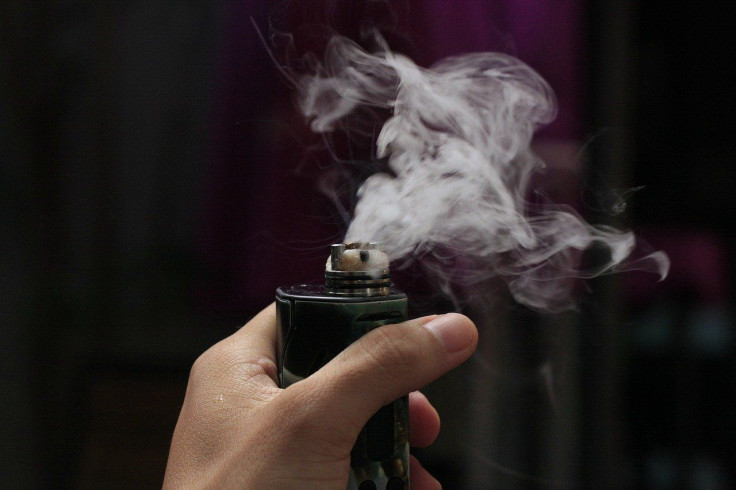Scientists Warn Vaping Can Cause Formation Of Mouth 'Slime Cloak'

KEY POINTS
- A new research revealed another alarming effect of vaping
- It can cause the development of slime cloaks in the mouth
- This can create an environment similar to that of a gum disease
Those who are fond of vaping might think twice before getting another puff if they learn about the latest research, which reveals that e-cigarettes can cause “slime cloaks” to form in their mouths. The study has been published Wednesday (May 27) in the research magazine, Science Advances.
E-cigarette Dangers
Researchers say that e-cigarettes can put stress on a person’s oral microbiome and create an environment similar to the gum disease periodontitis. While the vapers who participated in the study were only in their 20s and are healthy, researchers warn “they were living life on the edge at the molecular level.”
Although the effect of vaping on the respiratory system has received much attention, researchers from Ohio State University say their study offers early experimental evidence on how e-cigarettes impact oral microbial ecosystems. Purnima Kumar, the senior author of the study and professor at the College of Dentistry at Ohio State, said oral bacteria, when exposed to vapor, cover themselves in a slime layer.
Occurs Within Several Months Of Vaping
According to Kumar, these changes occur within three to 12 months of using e-cigarettes. “This is the fastest change [to the oral microbiome] to human behavior that we have observed so far, [including] diet, antibiotic use, smoking [and] hookah,” Dr. Kumar said. Consequences in the long-term, however, are not clear at this time because the findings are quite new, he added.
Scientists conducted the research by collecting plaque samples below the gums in a group of former smokers who switched to vaping, dual-users, smokers, and non-smokers. They found 284 genes in vapers were enriched, signaling oral bacteria had activated their stress-response mode and produced the slime layer. Researchers also found increased levels of inflammatory cytokines, a sign that a bodily immune-response is underway.
Films Continue To Spread Even Without Nicotine
Kumar explained that the inflammatory pathways activated among vapers and smokers differed. This means vapers could experience different symptoms from the inflammation. The team identified two sugar alcohols, propylene glycol, and glycerol, as likely drivers of changes in the mouths of e-cigarette users. They also found the slime layer continued to spread even without the presence of nicotine.
The recently discovered changes in the oral microbiomes of vapers could be a reason for alarm over more health problems in the future. According to the research, 6% of Americans, including three million high school students, are using e-cigarettes.
© Copyright IBTimes 2025. All rights reserved.





















